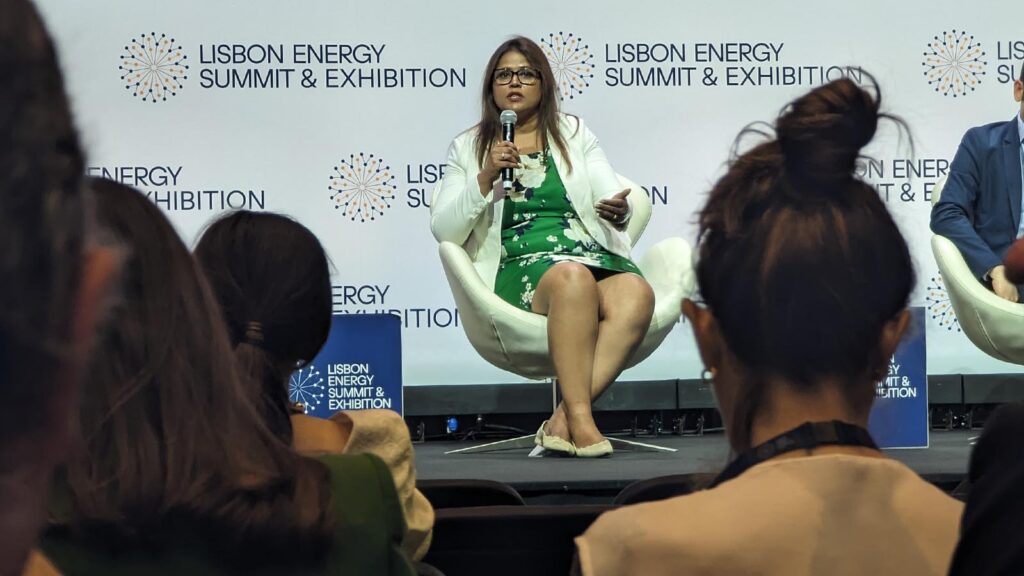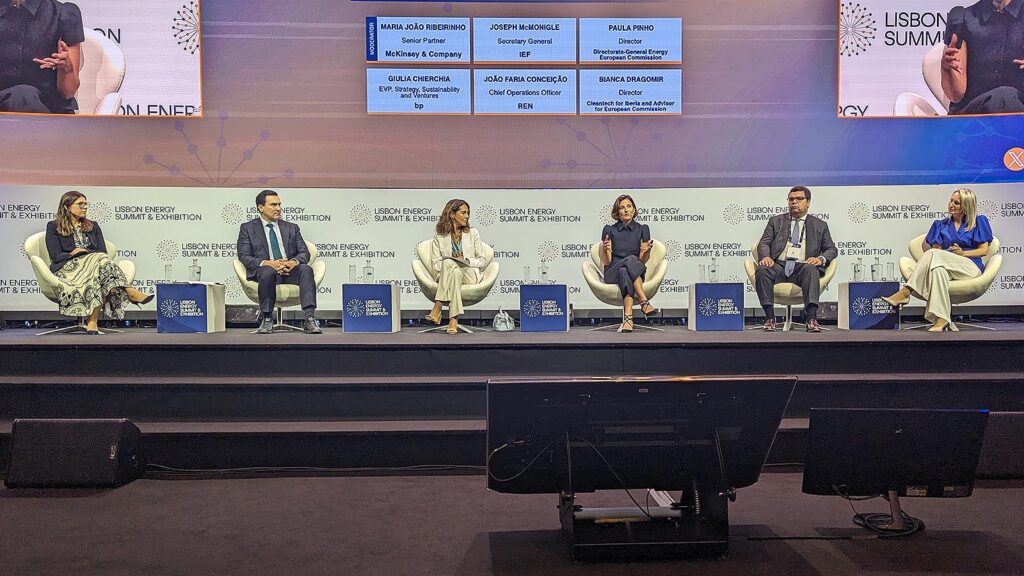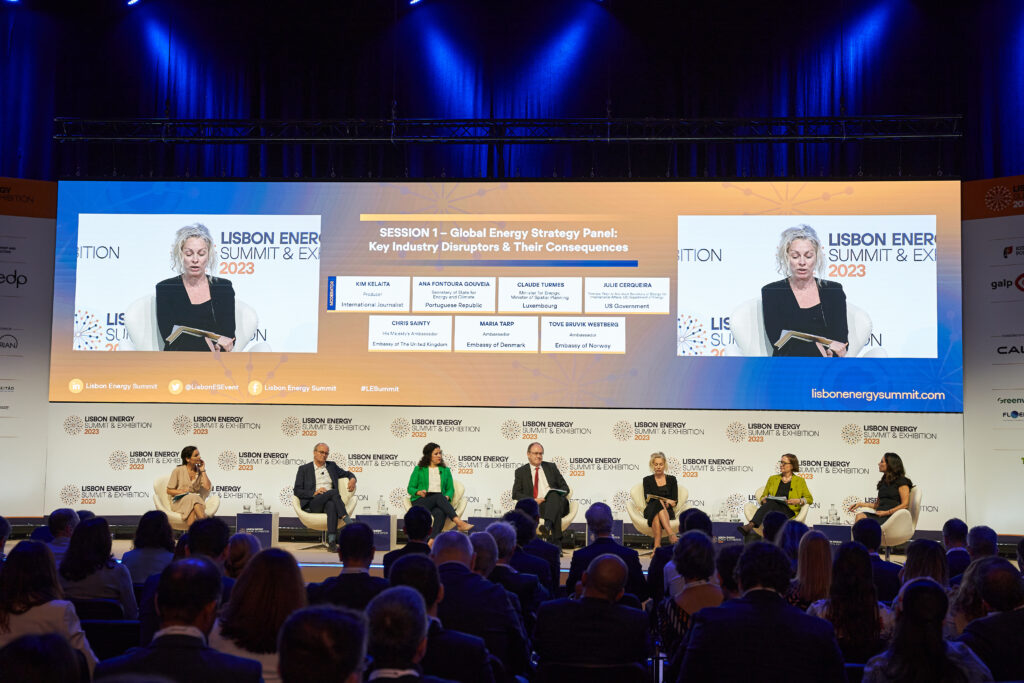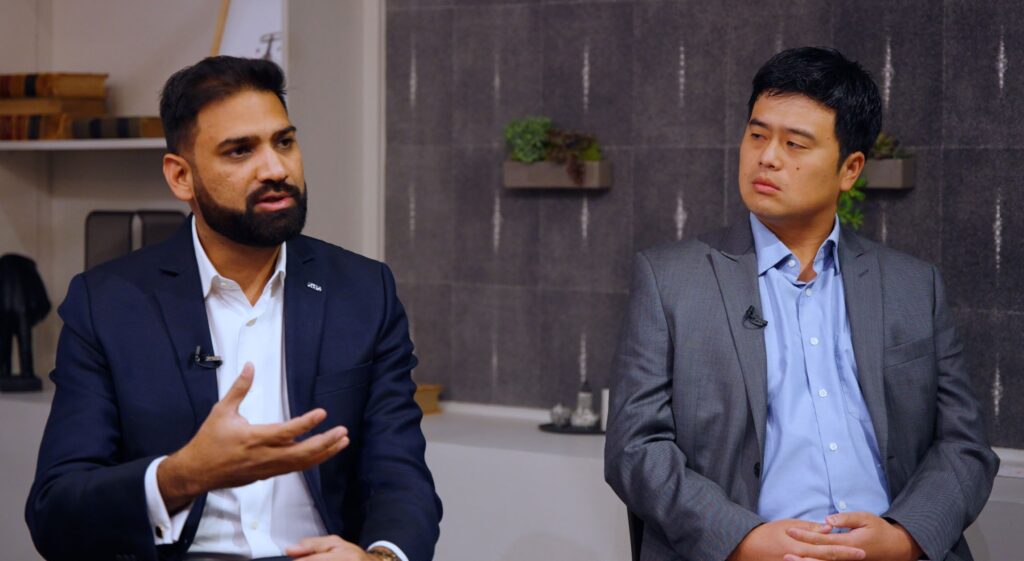A new kind of leadership is emerging in the energy transition space, and it looks different from what the energy industry has seen before.
“I’m very optimistic [about] what we’re doing inside the company, and what’s happening around the world,” says Jeff Gustavson, President of Chevron New Energies. “It’s hard. We’re going to try a lot of things, and not all those things are going to work. And that’s okay, because we’re going to learn from those and be able to scale faster and pick the things that actually do work.”
Gustavson’s remarks were part of a fireside chat kicking off day two at the Reuters Global Energy Transition Event (Reuters Events Energy Transition) in New York. Gustavson’s talk offered insight into industrial decarbonization, CCUS and hydrogen integration, as well as the new ventures that will push the energy transition forward.
In addition to the technologies, Gustavson underscored the soft skills needed to succeed, including a culture of testing and adopting learning when things don’t go to plan.
“That’s a different mindset for many of the companies that are involved in this space,” he said. “Not all of them, but many of them.”
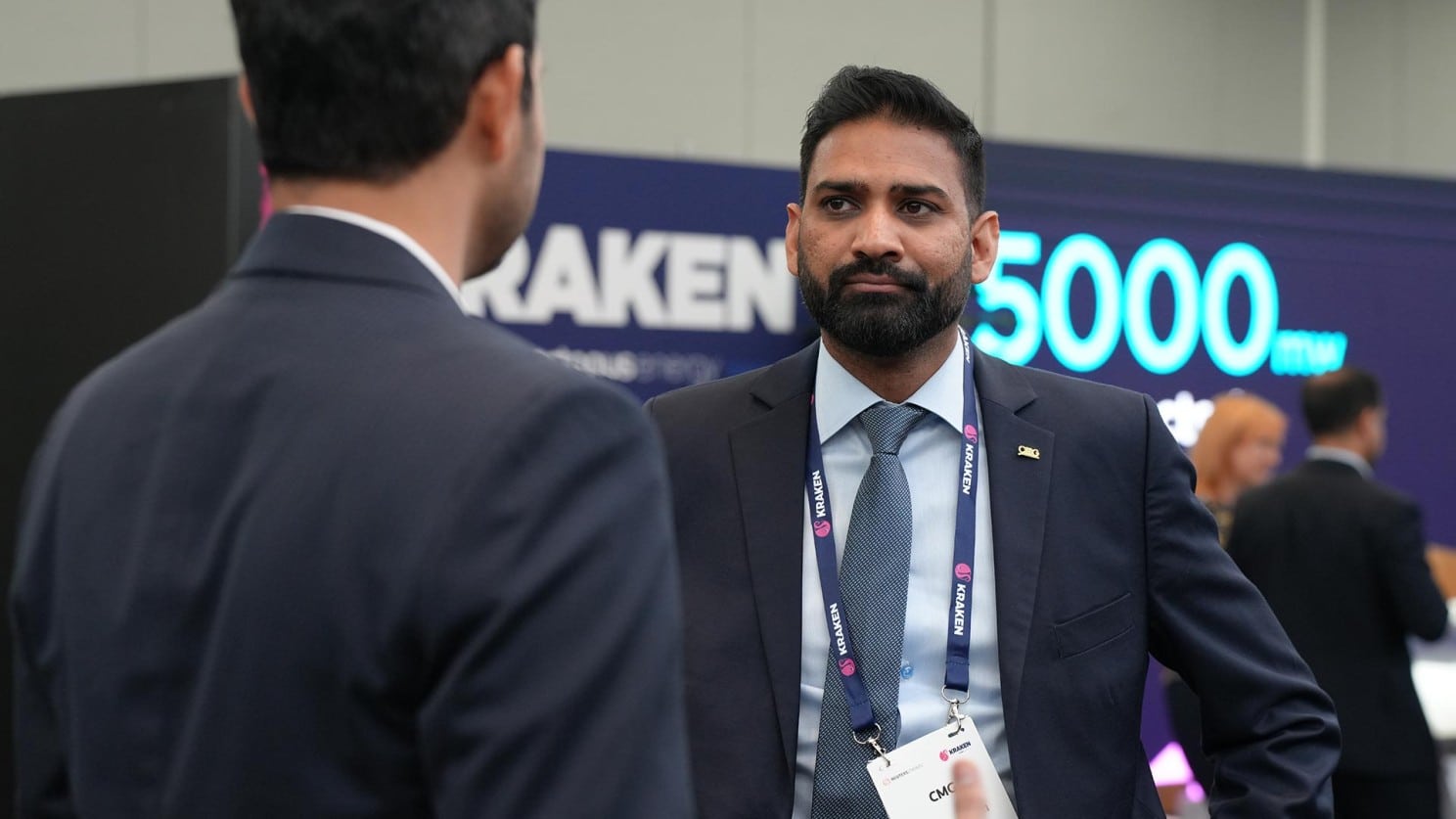
Thinking differently, trying and testing, and taking an innovator’s approach to big problems was a consistent theme across panels and keynotes at day two of the event, and the scale and size of the energy transition challenge ahead requires that approach.
“Energy requires innovation unlike any other industry,” said Dr. Vijay Swarup, Director of Technology at ExxonMobil. “I think what we need to do is recognize that energy is different. Innovation and energy requires the integration of every discipline of engineering, and every discipline of science.”
Swarup told attendees that success with energy transition is also going to require energy companies to trial in parallel rather than linear form. As an example: companies entering the hydrogen space can start designing pipelines and investing in them even before plants are built. Doing more in parallel creates more chances for success, he said.
“If you try to make something linear, you’re going to be very disappointed. We just have to understand there’s ups and downs. It takes courage and conviction to do it, but we’ve demonstrated the ability to take concepts at the scale of energy, probably unlike any other industry over the last 100 years, and we have to do it again.”

Old habits die hard, but some habits should in fact change.
“Think about collaboration in different ways,” says Chevron’s Gustavson “And that’s not just private to private. It’s private-public, and public-public.”
Collaboration should also involve companies of various sizes, said Robert Baillargeon, Director of Innovation at Cenovus Energy.
For example, Cenovus Energy partnered with Vancouver-based Svante in 2015 to test its CO₂ capture technology. The bench-scale trial was successful and demonstrated the technology could work in field conditions.
Baillargeon said the partnership worked because Svante solved a real-world problem and Cenovus Energy helped accelerate it.
For startups wanting to get on the radar of major energy companies, Baillargeon had specific advice: “Show something significant enough that an industry player can say, ‘Hey, I want to take the time to invest in this’,” he said. “It can’t be incremental. The problem is big, so the solutions need to be big.”
To read the day 1 recap of the Reuters energy transition event in NYC, click here.
Sign up to receive newsletter updates from Accelerate on LinkedIn.


